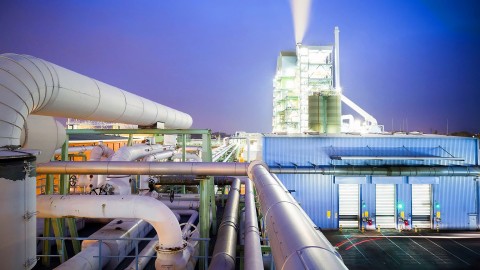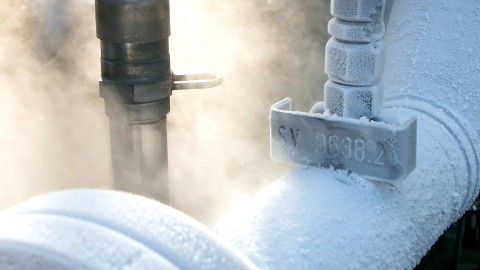Find out what action to take with the GWP calculator
Our GWP calculator makes it extremely easy to find out the GWP value (global warming potential) of the refrigerant used in your equipment.
- All you have to do is enter the name of the refrigerant you use and how much of it you load into your equipment. You can combine this information with the “leak detection system” and/or “hermetic system” criteria.
- You will also learn what action you need to take along with the GWP value.
- The following section explains what the GWP value means.




